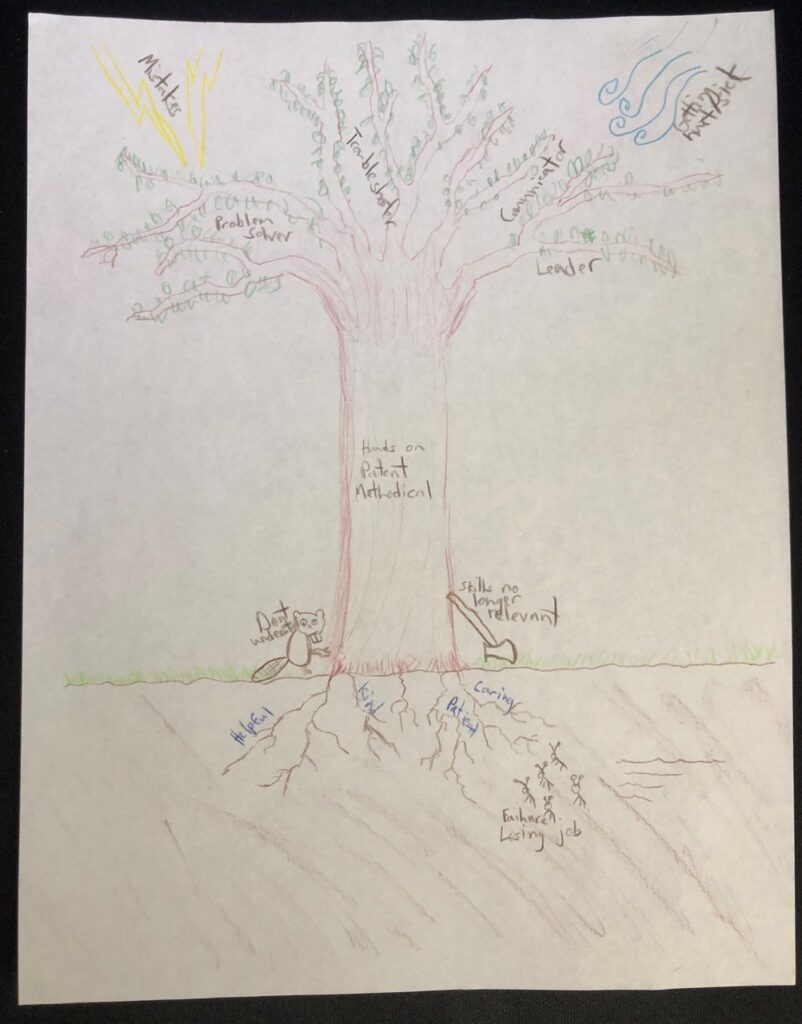Enhancing the academic motivation and commitment of students who have lost the desire to engage in learning in a meaningful way is a major challenge for many teachers, counselors, and parents. The Possible Selves Program was developed through the University of Kansas to address this challenge. The program’s goal is to nurture academic and personal motivation in elementary through post-secondary students to address this challenge. Program activities guide students through the process of thinking about their hopes, expectations, and fears for the future. The program includes activities that help students identify short and long-term goals that they value and to develop and pursue action plans that lead to goal attainment. Possible Selves has resulted in higher academic performance, retention rates, and graduation rates for university student-athletes than for student-athletes in control conditions (Hock, Deshler & Schumaker, 2005).
What about using this study to increase motivation and create goals for young adults? The late 20s and early 30s can be an incredibly challenging part of life because of all the transitions and decisions that need to made. This can include decisions about a career change, career growth, relationship changes, turning a relationship into a marriage, moving to another city or state, deciding on having children, etc.
I decided to implement this evidence-based practice on a 34-year-old friend named Jake, who had entered a crossroads in his life and needed goal-setting assistance. Jake was recently promoted at work, considering proposing to his girlfriend, thinking about having children and desiring to buy his first home.
One of the activities includes creating a Possible Selves Tree, a drawn picture of a tree with branches and other elements representing their possible selves. The tree is used as a metaphor to help students examine the key roles they will assume in life, their hopes, expectations, and fears for the future, and the overall condition of their “tree.” In effect, students examine their personal tree and are challenged to evaluate and take action to nurture their tree so it can become a strong, well-balanced, beautiful tree. Finally, they set goals related to the actions they need to take to nurture their trees, make plans for reaching the goals, and then work toward those goals (Hock, Deshler & Schumaker, 2005).

The Possible Selves Tree was Jake’s favorite activity. The roots describe him as a person and his traits: caring, patient, kind, helpful. The trunk represents him as a learner: hands-on, patient, methodical. The limbs and leaves describe Jake as a lighting technician: problem solver, communicator, leader, troubleshooter. He drew a beaver. The beaver represent not understanding things because beavers eat wood/trees. Lightning and wind damage trees, representing his fears as a lighting technician of making mistakes or getting hurt or sick. The ax chops down trees, representing a fear of skills no longer being relevant. The ants are coming for the roots, which represents failure or losing his job.
Overall, Jake enjoyed the program and got way more out of it than expected. Within six months of completing Possible Selves, Jake was promoted twice, from technician to lead technician to warehouse manager. He also got engaged to his now fiancé and they are planning their wedding together.
Jake said the program helped him figure out his goals and guided him to think about precisely what he wants in the future. He said it helped him gain more insight into what he wants and the path to get there. He is absolutely on his way to great heights and believes all young adults should learn more about the Possible Selves program.
Reference:
Hock, M. F., Deshler, D. D., & Schumaker, J. B. (2005). Enhancing student motivation through the pursuit of possible selves. In C. Dunkel and J. Kerpelman (Eds.), Possible selves: Theory, research and applications, 205-221. Nova Science Publishers.